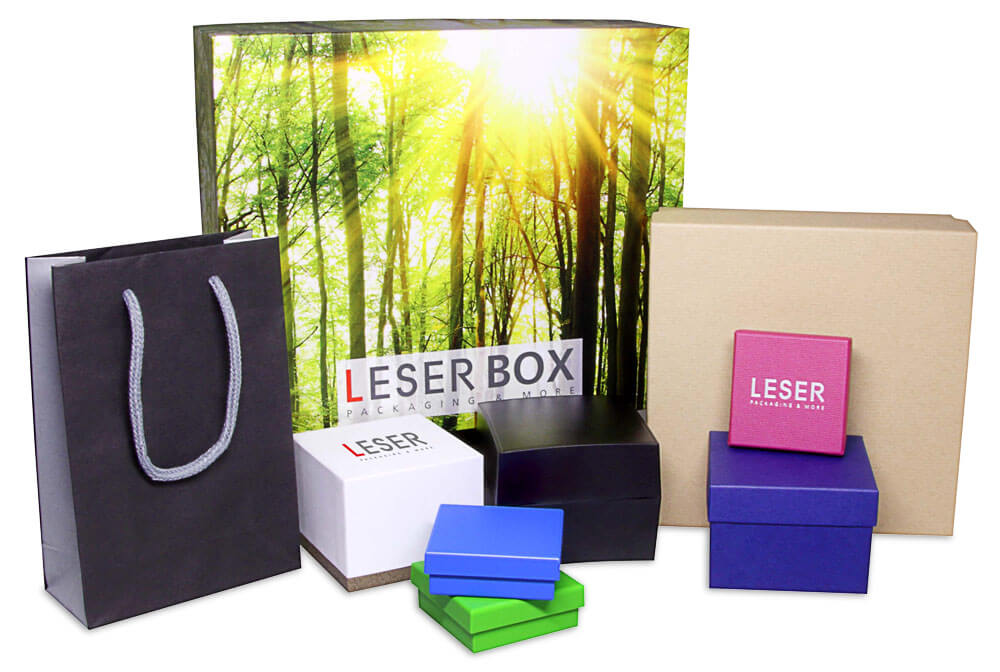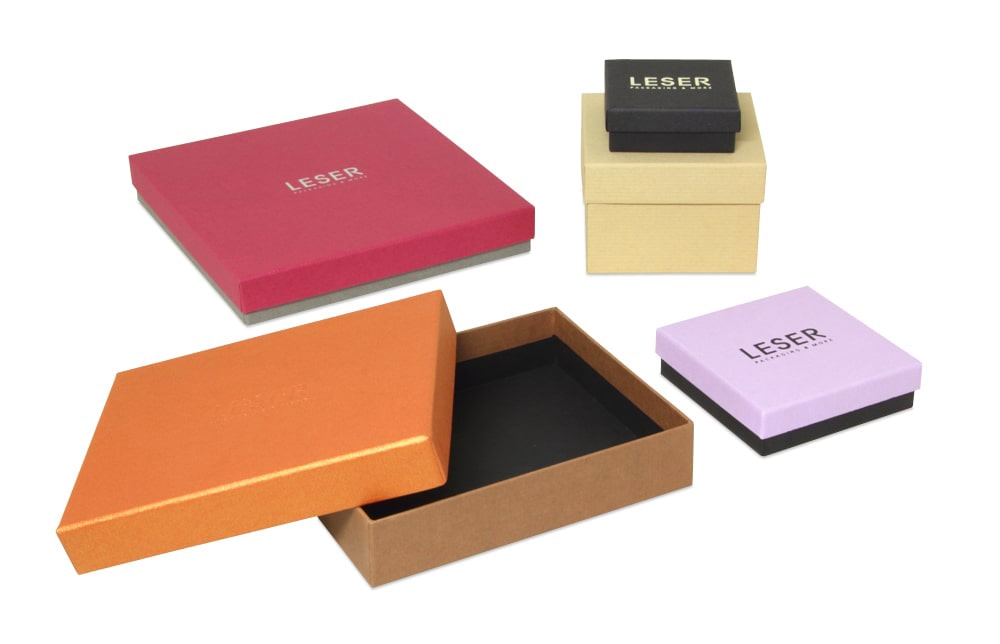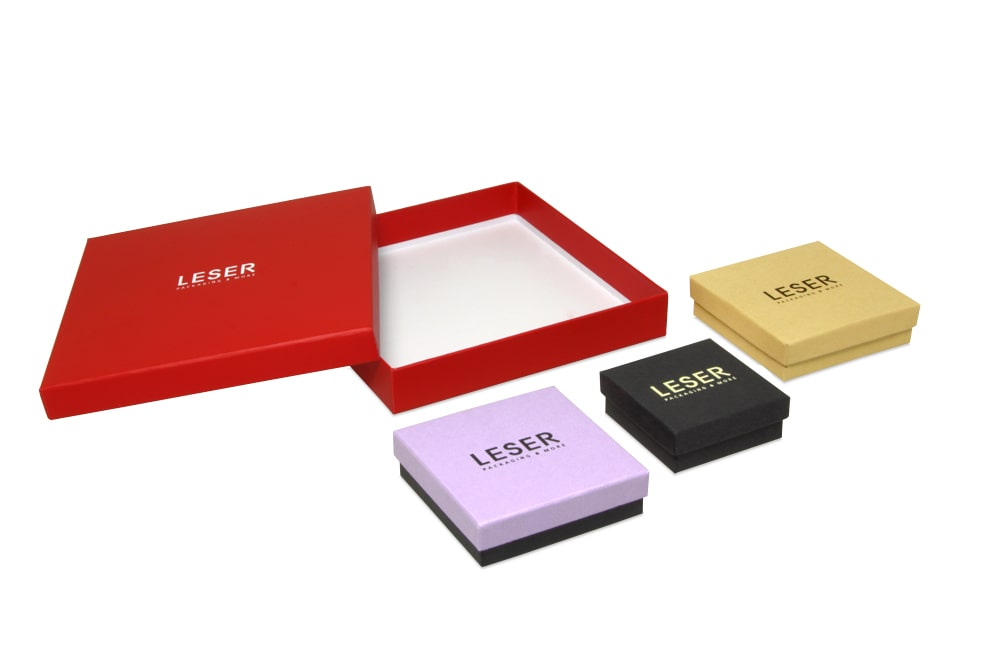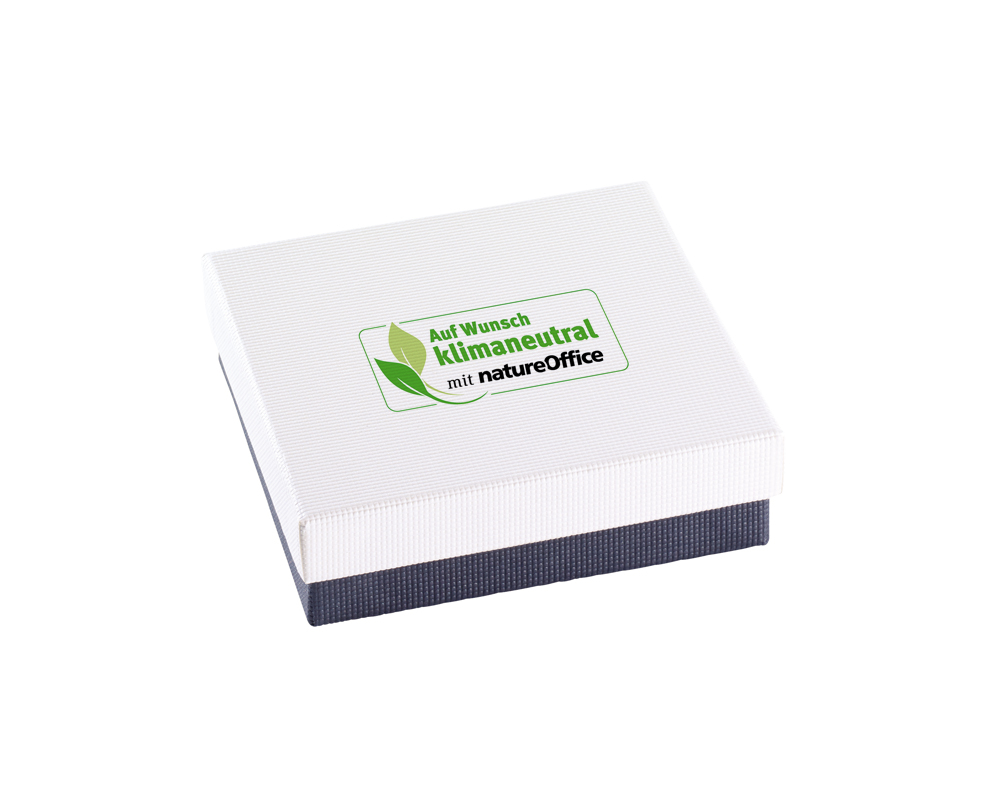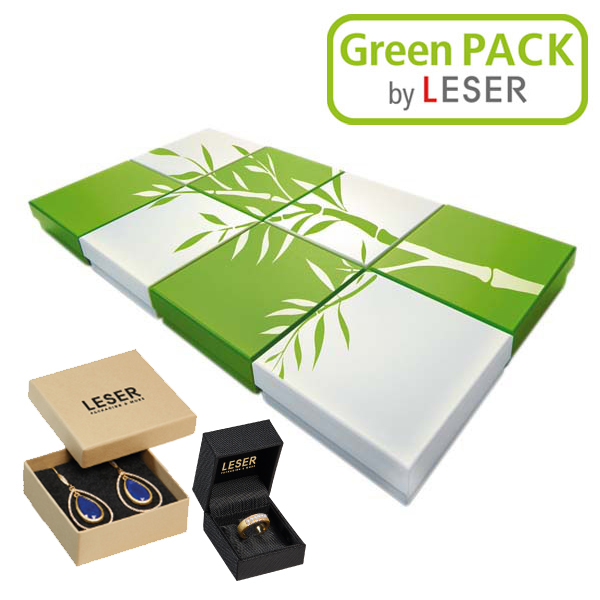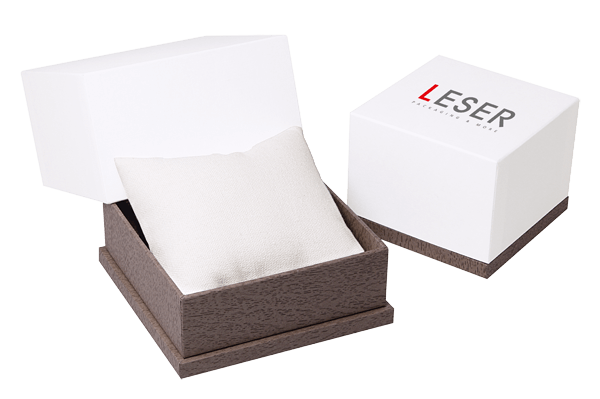OUR GUIDE FOR ORIENTATION & OPTIMISATION
âś… Definition
âś… Optimisation approaches
âś… Identification of sustainable packaging
âś… Advantages of switching to sustainable packaging
âś… Brand Design & Communication
Modern packaging serves to protect against external influences and conveys multi-sensory experiences at the point of sale. But especially in times of Fridays for Future and the generally prevailing mega-trend of sustainability, the environmental compatibility of packaging is increasingly playing a central role alongside these pragmatic properties. So when companies today are developing new packaging or even optimising existing packaging solutions, the topic of sustainability is not long in coming.
But what does the topic of "sustainable packaging" actually include? Is it merely a matter of processing alternative materials or rather a holistic view that also includes factors such as the production location or logistical measures? Where exactly can you start to take an important step towards sustainable packaging? Here you will find concrete optimisation measures and our honest attempt to approach them.
Our view on the subject of sustainable packaging
The phenomenon of "sustainability" is currently shaping public perception like no other. And the desire for sustainable packaging is virtually omnipresent among our customers today. For us as a packaging manufacturer, however, one thing becomes very clear: the opinions on the subject of "sustainable packaging" differ so widely that there is generally no clear consensus on what makes packaging sustainable in the first place. Many enquiries are strongly fixated on the use of alternative materials that often do not function in institutionalised systems or whose energy consumption during processing is so high that they cannot be considered sustainable at all according to the current state of the art.
Our view of sustainable packaging, on the other hand, is a holistic approach: in order to optimise packaging and make it as sustainable as possible, it often makes sense to use recycled or renewable raw materials. In addition, however, it is precisely other factors that should be taken into account that have a strong impact on the CO2 balances of packaging. We are talking here in particular about supply chains, material cycles, emissions & measures in logistics and at the production site.
Consequently, it makes no sense to produce packaging from exotic materials by hook or by crook and completely disregard CO2 balances. Packaging that is produced from sustainable materials and then travels halfway around the world by container ship usually also performs poorly from a holistic perspective. An overview of life cycle assessments and product life cycles can be found here: The holistic sustainability assessment of packaging.
Individual definition of sustainable packaging
Nevertheless, it should be said that the definition of sustainable packaging is strongly individual in nature. For example, there are no legal regulations that clearly define what is considered sustainable and what is not. A good approach for us is first and foremost to find out which environmental impacts you want to counteract in the first place and to derive your individual goals regarding your sustainable packaging solution from this.
Optimisation measures & opportunities for more sustainable packaging
To counteract the use of finite fossil raw materials, for example, it makes sense to switch to renewable raw materials. If a short service life of the raw materials is a disadvantage of an existing packaging, on the other hand, it is worth considering the use of recycled raw materials. If these measures are out of the question due to various requirements or if the CO2 emissions during transport and production of the packaging account for a significant share of the negative environmental impact, climate neutrality may be an excellent instrument to make the packaging more sustainable.
Energy aspects and a possible material cycle of different materials should of course also be taken into account. Let's take a look together at optimisation measures and possibilities for more sustainable packaging!
Focus on recycled raw materials
According to our findings, the use of recycled raw materials is a modern and sensible way to package as sustainably as possible. The use of recycled raw materials makes sense not only for energy-related reasons, but also for resource-oriented reasons. In most cases, it makes more sense to give materials that have already been used a second life cycle than to produce packaging from previously unused raw materials. But what are the possibilities here? You can find more detailed information and various inspirations on the following page: Packaging from recycled raw materials.
Focus on renewable raw materials
Another way to avoid the use of finite fossil raw materials is to use renewable raw materials for packaging. In plain language, this means switching from plastic packaging to cardboard packaging for the vast majority of products. In addition to cardboard, there are a number of other alternative materials made from renewable raw materials that make sense for packaging purposes. You can find out what these are and much more information on the subject here: Renewable raw materials & resources.
Consider climate neutralisation of packaging
If the use of recycled or renewable raw materials is not feasible, for example due to the requirements for the production of your packaging, the climate neutralisation of packaging is in most cases a suitable means of making packaging sustainable. The bottom line is that packaging can thus be produced in an exactly climate neutral way, even if this is of course not possible at the outset. But how does it work? You can find all information about the offer, the climate protection projects and our partner on the following page: Climate neutral packaging.
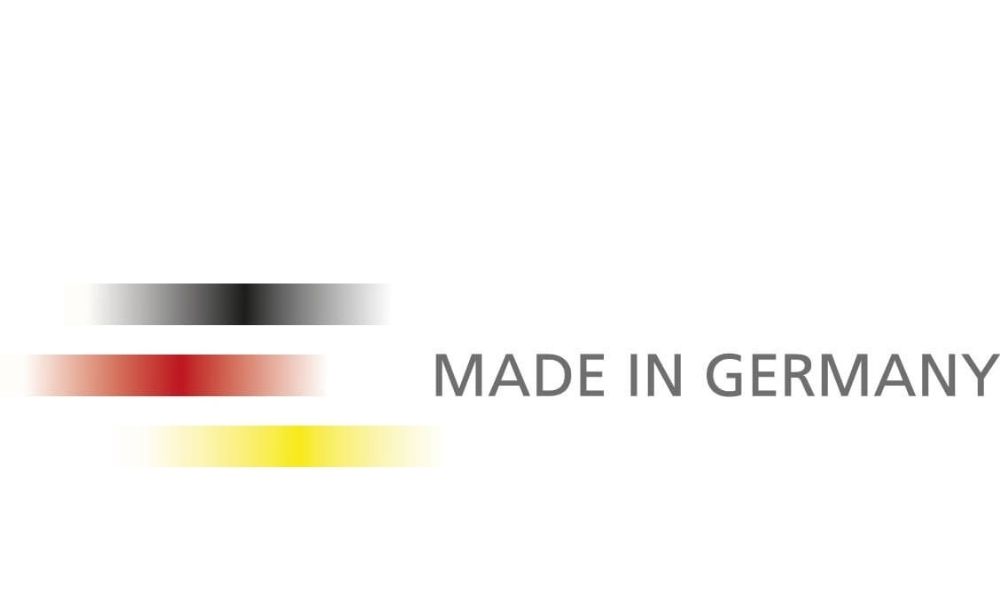
Made in Germany - Focus on regionally produced packaging
Packaging made in Germany gives you as a customer a certain degree of certainty about the materials processed and also offers the assurance of short supply chains and transport routes. In addition to the optimised CO2 balances, short supply chains also have an effect on quite pragmatic factors: Because these also mean lower inventories, short delivery times and generally more flexibility & reliability! The Corona pandemic has also shown us how important it can be to source important primary products more regionally. It became obvious how quickly borders can be closed and imports banned. It therefore makes sense to use regional suppliers, especially for packaging.
Focus on custom-fit packaging
Another point that often makes packaging anything but sustainable is the use of packaging that is too large or generally standardised. These often do not fit the packaged products precisely and waste a lot of space inside. In addition to the extra use of materials, a lot of air is transported during transport and an additional use of filling materials is required. It is therefore important to pay close attention to the requirements of the products during the in-depth development phase and to design precisely fitting packaging that eliminates unnecessary material and transport stresses.
Identifying sustainable packaging
As a layperson, it is of course difficult to identify sustainable packaging and to find exactly those packaging suppliers in the jungle who are really concerned about the environmental compatibility of their packaging. Especially when it comes to labelling, consumers and brands can quickly lose track of what is going on. Here it is important to weigh up what the labels on the packaging actually stand for and where their origin lies. Many of the green catchwords are the creation of the packaging manufacturers themselves and therefore basically provide very limited information about the sustainability status of this packaging. If you, as a layperson, see labels with the attributes "eco" or "green" on packaging, you should first and foremost try to find out what exactly is environmentally friendly about the packaging.
At LESER, we also use our own label to identify our packaging, which we see as particularly sustainable. Under the GreenPack brand, we unite all environmentally friendly packaging in our range and classify it according to properties such as:
- Recycling proportions
- Certifications
- Material lifetime
- Production location & supply chain
- Use of renewable raw materials
- Recyclability etc.
Get an overview of the packaging of our brand: GreenPack.
If it is not clear at first glance why the packaging in question has been labelled as environmentally friendly, it makes sense to ask the packaging manufacturer. If it is purely a matter of processing a sustainable-looking coating paper, you should then decide for yourself whether this is really a sensible solution for your project. Especially when it comes to packaging, all too much falls into the category of greenwashing. But what options are there for you to recognise truly sustainable packaging?
Sustainability labels on packaging
But apart from the packaging manufacturers' own creations, there are other sustainability labels that are issued by institutions and organisations and, in particular, entail extensive certifications and measures. These usually provide a much better indication of the sustainability status of a packaging and are accompanied by important criteria that must be met in order for the packaging to be labelled at all. You can find a small overview of the labels and eco-labels in the field of packaging on the following page: Eco-labels & sustainability labels. In addition to their importance for the brands themselves, the labels also provide important orientation for consumers. When shopping, they can orientate themselves by the labels and thus consciously decide in favour of sustainable packaging or products without having to deal with the issue themselves for a long time. This is a point from which the manufacturers of the products also benefit.
Question the origin and production location of the packaging
In addition to labels, the conditions and circumstances at the production site of the packaging manufacturers provide another possibility to draw conclusions about the sustainability of your packaging. There are already many measures in place for the companies to make their production as climate-friendly as possible. Are environmentally friendly shipping materials used? Are processes optimised and designed in an environmentally friendly way? Are the suppliers of the packaging manufacturers also located in the immediate vicinity of the production site?
But even without a direct insight into the company, you as a brand have the opportunity to check how committed the companies really are. For example, the manufacturer's website already provides some information about the prevailing status: Are certifications, CSR measures or other commitments communicated?
However, the supposedly most important factor is the production location of the packaging suppliers themselves. This is because many German packaging companies also produce abroad and thus sometimes ensure high transport emissions. More detailed information on the topics of shipping materials, logistics & production location can be found on the following page: Sustainable measures in logistics.
The advantages of sustainable packaging
So what are the benefits that sustainable packaging brings? Well, sustainable packaging contributes to brand loyalty and increases the repurchase rates of your products. However, the packaging must also correspond to the image of your company. In addition to marketing-related reasons, however, sustainable packaging primarily has a decisive influence on the environmental compatibility of your company. Because especially as a manufacturing company you have an enormous responsibility towards your environment! Through lean production processes and short supply chains, it is possible to leave the smallest possible CO2 footprint with packaging - and thus not harm the environment unnecessarily.
For companies, this responsibility therefore also gives rise to a huge opportunity: optimised packaging makes it possible to contribute to sustainable world development in a simple way and thus to generate a positive impact! And this is exactly what you should be aware of: Greenwashing and the processing of alternative and exotic materials will not get us anywhere!
Design & communication of sustainable packaging
Nevertheless, it should be said at this point that the sustainability of a brand neither begins nor ends with the packaging. However, packaging is an essential tool to communicate the sustainability of a brand. The sustainability of a packaging therefore already begins with the design: the packaging design. And this goes far beyond simply saving material: the design of the packaging is the first point of communication between your products and your potential customers. Important corporate values should therefore also be communicated directly at this touch point.
Signals in packaging design
This makes it possible to signal important values of your brand already at the point of sale by means of the packaging. In practical design, these include natural colours such as brown, green, white or beige. The use of natural fibres such as wood or cardboard and materials such as cotton or linen also convey environmentally friendly signals to potential customers. The illustration shows an environmentally friendly watch packaging whose body is made of wood covered with a wood-textured paper. Inside, a linen-textured cotton cushion allows the watch to be elegantly secured.
Once the first point of contact has been created, direct communication in the form of print and text also helps to create proximity to the consumer. So if you use a really environmentally friendly, possibly recycled packaging, don't be afraid to point this out! In addition to the points mentioned above, interactive elements are also increasingly entering the world of packaging design. The use of QR codes, for example, offers a playful opportunity to provide further information about the origin and a possible secondary use of the packaging.
Spontaneous purchasing decisions about products are also made on the basis of the attractiveness of the packaging. When one considers that the economical use of resources and environmental awareness are important criteria in the purchase of products by the most important target group, it becomes clear how much importance is attached to sustainably designed packaging today. In any case, clear communication in design is a prerequisite: customers do not want to be overloaded. They expect concise information on an attractive package.
Conclusion: Why is sustainable packaging important?
Whether it is a completely new approach or an optimisation of existing solutions: In our opinion, the switch to sustainable packaging is worth striving for in any case. Depending on the requirements for the packaging, 3 measures in particular should be considered as things stand today: The use of recycled raw materials, the use of renewable raw materials or a climate neutralisation of the existing packaging solution. There is no doubt that in the case of cardboard packaging, large quantities of wood are used. Unfortunately, this is unavoidable at the current state of the art. But thanks to the measures mentioned and institutionalised systems, it is now possible for us to consciously counteract the effects of this: for example, through recycling, reforestation or the compensation of CO2.
In most cases, however, it makes little sense to switch to materials that are as alternative as possible due to the lack of systems. Especially since these are often accompanied by higher energy consumption and higher transport emissions. The sustainability status of packaging today should therefore be subject to a holistic consideration anyway, in which criteria such as supply chains and the production location are also taken into account. For you as a brand, the decision to switch to sustainable packaging should be based on inner conviction rather than trend. Because the prevailing public perception of the topic ultimately also holds opportunities: not only for marketing purposes, but also to make a contribution to sustainable development yourself.

